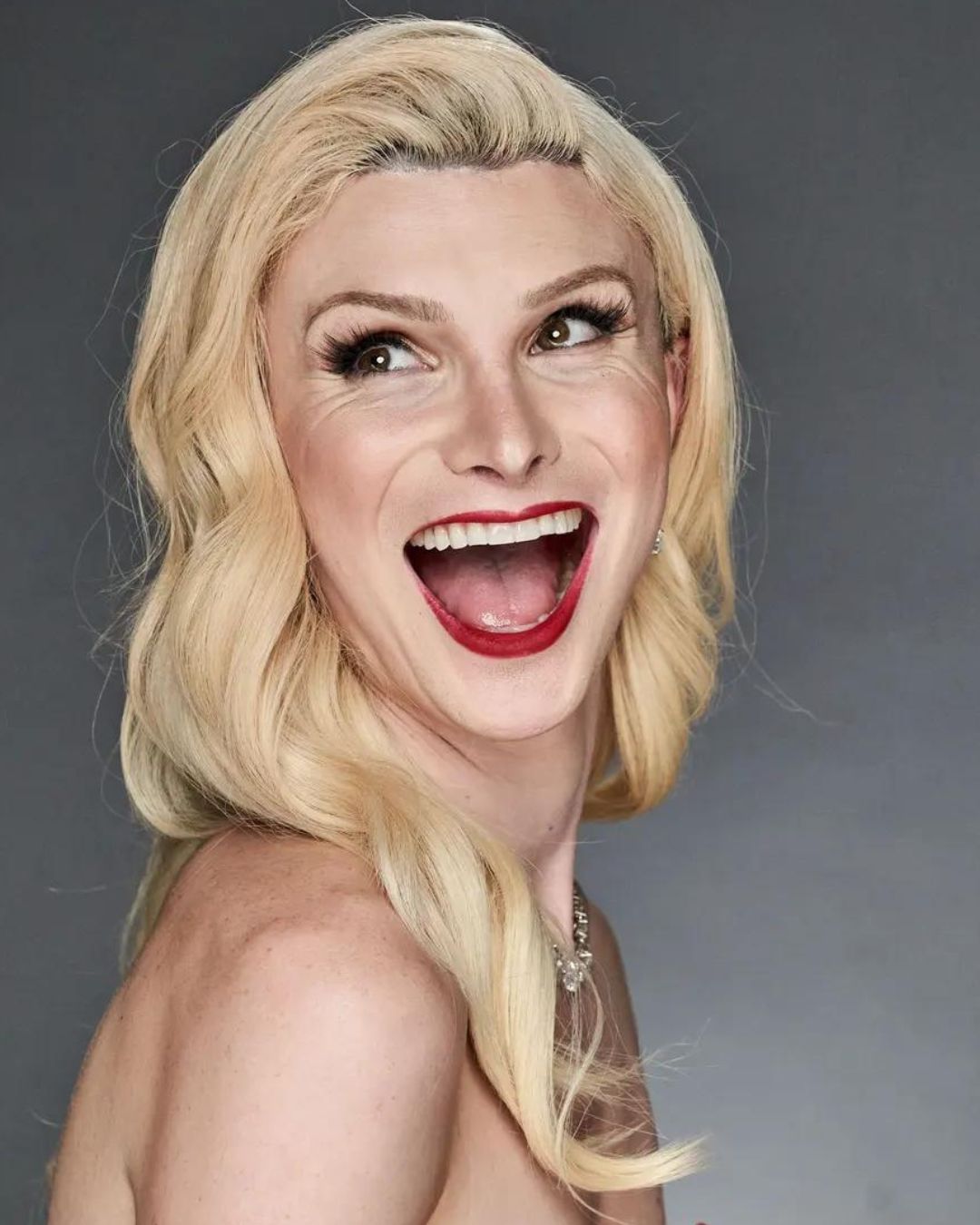
We must give ourselves permission to be desperately cringe Says Dylan Mulvaney (and we agree)
Stendhal, in his novel "The Red and the Black," gives readers a specific piece of advice through his skilled and ambitious protagonist Julien Sorel. According to the French writer, when we feel embarrassed or inadequate, especially in social situations where we feel inferior (the novel is set just before the 1830 revolution, focusing on themes of fulfillment and ambition), the secret is to pretend to be bored, confident, and judgmental. This way, we can hide our weakness and inferiority, attempting to make others feel wrong instead. Stendhal did not know it, but he was giving some ideas to those who try at all costs to avoid being cringe.
The Charm of Detachment
Today, authenticity often seems staged for the camera, and insecurity is a widespread condition. In such a scenario, it might be better to be reserved, quiet, mysterious, cool, and say the right thing at the right time to the right people, without exaggerating or making mistakes. These traits are considered synonymous with charm, authority, and coolness, especially in certain fields. It's natural: as the boundaries between social media and reality become increasingly complex, and characters seem luckier than real people, the most obvious solution appears to be simply pretending. Pretending to be mysterious and captivating, aloof, jaded and superior, choosing the right clips and photos, only capturing moments where we feel at ease (or pretend to). However, this artificial and anti-cringe pose cannot last, especially if we want to build genuine connections with the people around us. So, what's the solution?
The Cringe Culture: Birth and Development
Cringe refers to anything that induces secondhand embarrassment and awkwardness. Initially identified as a specific feature of 21st-century pop culture, cringe was primarily integrated into contemporary art as a challenging and uncomfortable response to the increasingly artificial authenticity and sentimentality of reality television. Over time, the category of cringe expanded rapidly, covering an endless array of attitudes and behaviors, wielded as a weapon against anything we don't like or that isn't considered cool or trendy. Cringe includes passions for boybands, 90s and early 2000s TV shows, millennial fashion (sometimes called "cheugy"), making certain faces and moves, using specific expressions. Cringe encompasses the Pepsi ad with Kendall Jenner, crying in public in general, and specifically Dawson Leery crying because Joey chose Pacey, the sex scenes in books (with a special mention to the Fifty Shades saga), and clumsily trying to flirt using clichéd phrases. Furthermore, cringe includes the trend of hipster mustache tattoos on fingers, adults going to Disneyland dressed as their favorite characters, YouTubers' apologies for their behavior, and skinny jeans. I could go on for hours.
And Spontaneity? Dylan Mulvaney Responds
A whole universe of micro and macro-elements, but what about spontaneity? If we're focused 24/7 on appearing as detached as possible, we might forget what it means to be passionate, or the endearing (and cringe, but in a tender way) beauty of expressing our passions without distinction of value or merit, in a room full of people and beyond our comfort zone. According to Dylan Mulvaney, who spent the last months of his life defending himself from an unprecedented storm triggered by a beer can, cringe can also be joy and freedom.
@outkick Dylan Mulvaney has been awarded the first Woman of the Year Award, supported by Virgin Atlantic at the 2023 Virgin Atlantic Attitude Awards. #fyp #foryoupage #viralvideo #trending #fypシ #dylanmulvaney #2023 original sound - OutKick Sports
Using Cringe as a Positive Tool
While accepting the Models of Pride award from the Los Angeles LGBT Center, Dylan stated: "I've read many comments saying she's faking it, it's a façade, her joy is artificial or cringe. I think it's because they can't understand or accept that a trans person can be happy, or that they've found love and success". His joy may be cringe, but it's real and serves a specific purpose: to show that the trans experience isn't only about pain and tears, but also about happiness. It's wielded once again, not to strike at what we don't like, but to build a better world, in a sort of resurgence of hopepunk that we tragically abandoned after 2016 and desperately need. Being cringe, in this perspective, means being yourself, loving without limits, and speaking about what matters to you: what's negative about that? Perhaps the advice to "be ourselves", generously distributed by parents and teachers in the afternoon movies on Italian television, isn't so odd. Cringe is inevitable, amusing, and sometimes constructive; it's time to embrace it without judgment, both in ourselves and in others.

























































